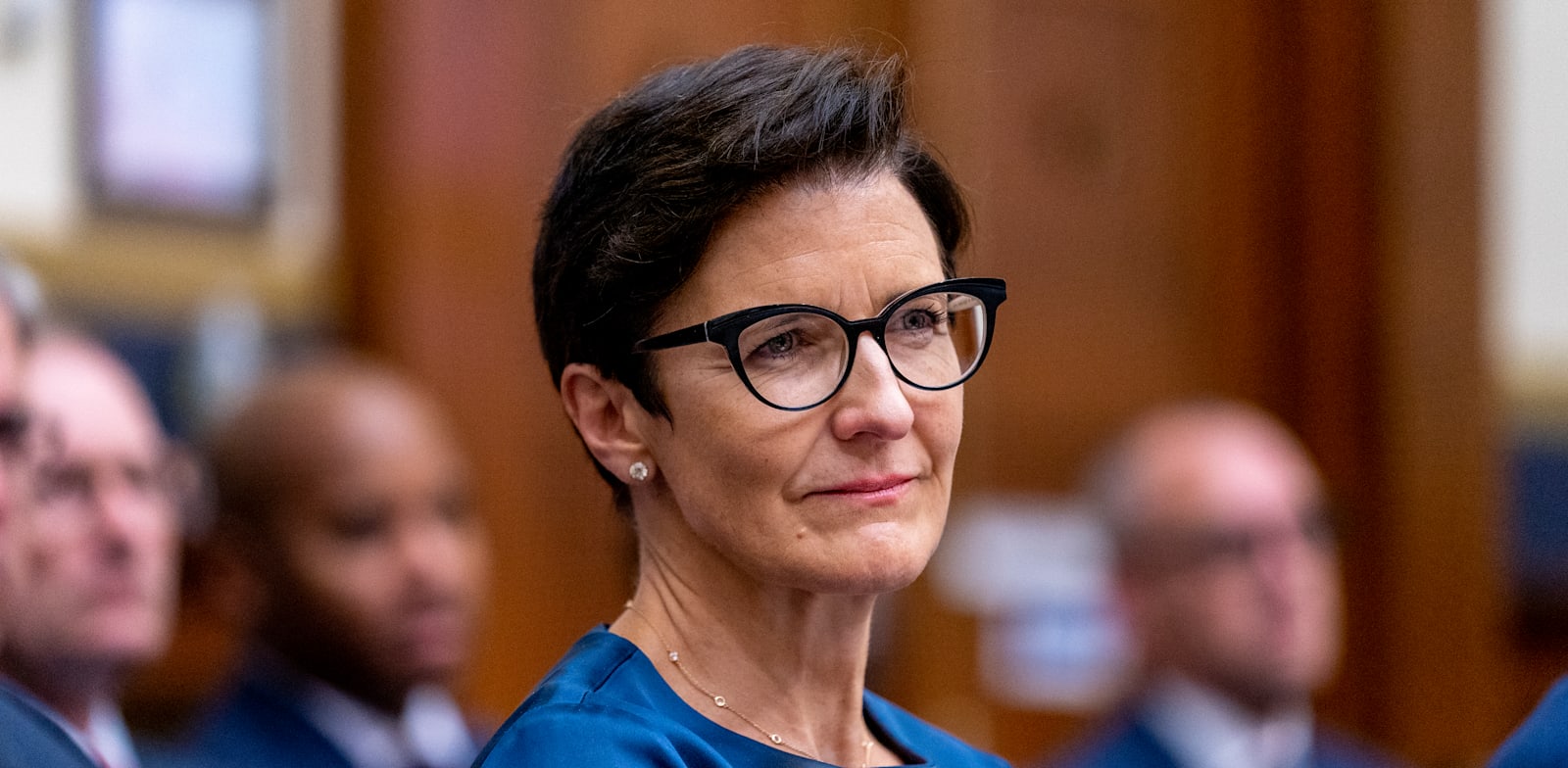One of Citigroup’s oldest businesses is finally ready for a close-up. For decades, Citi Services has moved money around the world for companies, safeguarding the assets of major investors. The division, one of five lines of business, accounts for half of Citi’s total profit and is vital to chief executive Jane Fraser’s turnaround plan. Those businesses have long been overshadowed by almost everything else in Citi’s vast portfolio, from credit cards to trading bugs. “H, and it’s not easy to explain what they do. At cocktail parties and investor meetings, executives tended to go with the “we oversee the financial pipelines” explanation, a slogan Citi is now eager to ditch.
“Oh, the eternal question,” said Oken Pekin – head of the securities services unit, one of the division’s units, “what are we doing?”.
For City and Fraser, this is a more significant issue than simply giving their dedicated plumbers the respect they deserve. Investors never understood how to value the operations it has now consolidated into Citi Services. The more services are valued, the easier it will be for Fraser to argue that the bank’s stock should be higher.
City are trying to fix that this week. Citi Services hosted investors on Tuesday for a full day of presentations. On this day, conceived by Citi’s head of investor relations, Jen Landis, Wall Street was reintroduced to a set of functions that are essential for most large companies.
The presentation day, held at the bank’s offices in New York, opened with Fraser. “When we call Citi ‘the most global bank,’ that’s why,” she said.
The last time Citi held an investor day, in 2022, Services received 20 minutes. “The strength of Services has not always gained the strength of consumer awareness (mindshare) it deserved long ago,” said Citi Services head Shahmir Khaliq ahead of Tuesday’s presentations. “We are excited to finally stand center stage and reveal our business.”
Investors and analysts in attendance saw a different, more confident side of Citi after its executives in recent decades had to spend much of their time in meetings with Wall Street to explain how they were going to fix things.
Any doubts that Tuesday wouldn’t have a new vibe disappeared as soon as Khaliq took the stage with a pitch song a little more familiar at Citi Field, where the New York Mets play baseball, than at Citi’s corporate headquarters: Queen’s “We Will Rock You.”
During the day, Citi presented videotaped testimonials from major customers such as Walmart and Microsoft. The bank’s own executives often used superlatives to describe their businesses: “dominant”, “number 1” and “only City can do it”.
So what do they do?
1. Management of liquidity and payments. This unit helps companies open bank accounts around the world; pay their employees and suppliers; collect payments from customers; and execute their plans regarding where to keep that cash.
2. International trade. This arm offers letters of credit to guarantee businesses looking to buy or sell across borders; Assists in establishing supply chains in new markets and lends money to small and local suppliers so that they can fulfill orders received from large companies such as Apple or Procter & Gamble.
3. Securities services. Pekin’s group provides investment managers with a place to deposit their assets and monitors the value of their funds and holdings. The unit also assists companies in issuing equity and debt securities.
Citi Services serves approximately 5,000 of the world’s largest multinational companies and investment managers. The business focuses on companies with activities spread around the world. It also serves the US government and its embassies. Most of these activities are based on a network of banks with connections to 190 countries.
What is so exciting about it?
Services are the “shining sun” of Citi, whose other businesses revolve around it, says analyst Mike Mayo. He estimates that the division is worth about 90 to 120 billion dollars, while Citi as a whole trades at a value of only about 114 billion dollars.
Business has been relatively stable for two decades, even amid Citi’s upheavals, and has continued to deepen its ties with the global economy. Citi executives say they still have room to grow, and will benefit from the rise in digital payments and companies’ decisions to move their supply chains around the world.
Services has a steady stream of revenue from huge companies. One of the key points in Fraser’s recovery plan is to get more of these customers to trade with Citi and turn to its bankers for advice.
Mayo, once one of Citi’s biggest critics on Wall Street, has recently become more bullish thanks in part to Services. A few months ago he started asking investors what they knew about Citi Services and its results. It turned out not much.
Many did not perceive its annual revenue growth of 8%, or the returns as more than 20%, much better results than Citi as a whole. And many did not know that Citi Services actually increased deposits by 20% during the 2008 financial crisis, even when Citi almost failed. “Even seasoned investors will get the answers to these questions wrong,” Mayo said.
global
For your attention: The Globes system strives for a diverse, relevant and respectful discourse in accordance with the code of ethics that appears in the trust report according to which we operate. Expressions of violence, racism, incitement or any other inappropriate discourse are filtered out automatically and will not be published on the website.
